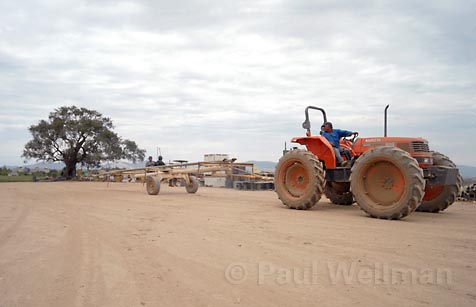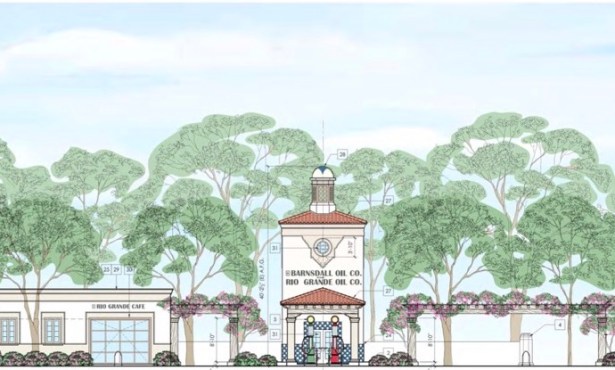Ag Restrictions Get Loose
Changing the Rules

After more than four hours of debate and repeated, strong-willed head-butting sessions among boardmembers, the spirit of compromise reigned at the Santa Barbara County Board of Supervisors this week. As a result, the long-overdue updates to the County’s Uniform Rules were finally approved.
Arguably the hottest potato in the supervisors’ patch for the past year, the Uniform Rules address what can and cannot be built on land contracted under the state’s Williamson Act (WA)-undisputedly the most powerful tool for preserving open space the county has. Though roughly three-quarters of all privately owned Santa Barbara County land-or 550,000 acres-is currently enrolled in the tax break program, which provides contract holders tax relief in exchange for surrendering certain development rights, the rules hadn’t been updated since 1984. Consequently, many among the agriculturalists felt their livelihoods, and in turn the health of the program itself, were being unfairly squeezed.
As the county’s Agricultural Advisory Committee Chairperson Willy Chamberlin testified before the board on Tuesday, “This is the tool that allows agriculture to continue to flourish in Santa Barbara : All we are asking for is what it takes to keep ag vibrant in the county.” Despite protests from a variety of predominantly South County-based organizations that the proposed updates granted too much building power to contract holders and failed to run a satisfactory gauntlet of environmental review, the board voted 4-0 to approve a tediously negotiated set of changes. Among other things, these adjustments allow for the development of up to three family residences on contracts that previously allowed only one house, while also paving the way for a 500 percent increase in the allowable size of processing and cooling facilities sited on contracted land.
Late last year, the update of the Uniform Rules, which had been set in motion when a 2001 audit by the state Department of Conservation found them woefully inadequate, seemed fast-tracked for approval. However, amid a flurry of last-minute concern from both North and South County constituents that the changes were happening without proper environmental review, the plan was punted in favor of additional research. Before it could return, 3rd District Supervisor Brooks Firestone was forced to recuse himself from the debate due to a conflict of interest stemming from his ownership of WA acreage, which in turn created this week’s repeated tie votes on the normally five-member board.
While North County supervisors Joni Gray and Joe Centeno wholeheartedly and steadfastly supported all the updates presented to them by staff this week, South Coast supervisors Janet Wolf and Salud Carbajal were less enthusiastic and needed to have certain allowances thrown overboard before they could be persuaded to approve the updates. As Carbajal put it, “This is not a question about whether or not we support agriculture in our community : I can live with about 85 or 90 percent of the changes but there are a few that I feel go too far beyond the spirit of the WA.” Specifically, he and Wolf had concerns about tweaks that would allow the operation of bed and breakfast-style guest ranches on contracted land; the increased size of allowable composting, food processing, and wine support facilities from 5 acres to 30 acres; and an agriculture industry overlay clause that would allow for loosely ag-related business ventures to open on the tax-sheltered properties.
As a result, the approved updates left the guest ranch proposal on the cutting room floor, limited the size of wine and composting facilities to a maximum 20-acre envelope, and gave the processing buildings the desired 30-acre limit. Other new elements of the updates include the allowance of duck hunting and sports fields on contracted land, the removal of golf courses and landfills as acceptable uses, and the expansion and aforementioned upgrade of the number of immediate-family-only dwellings permitted per contract.



